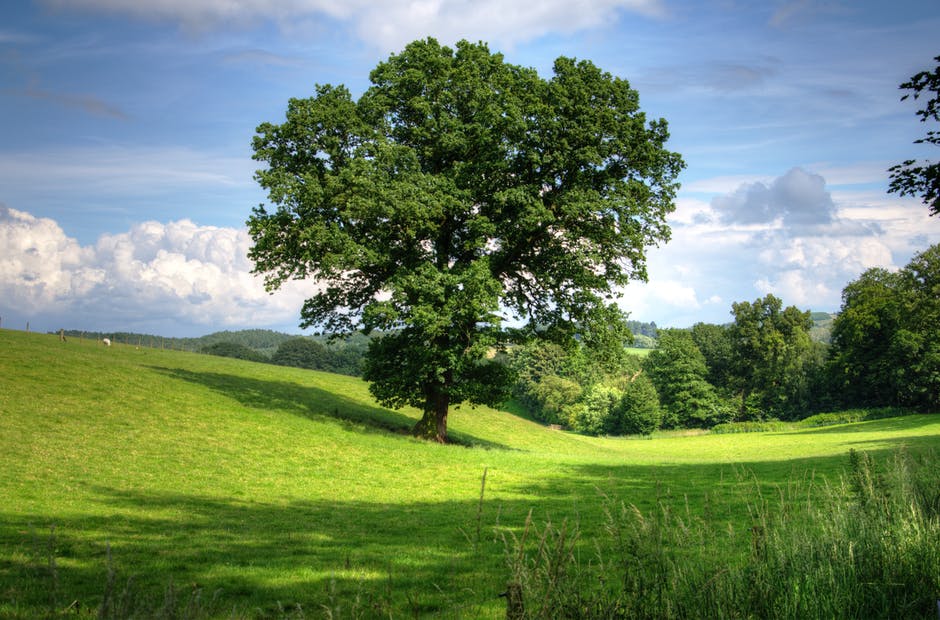Invasive trees are a major contributor to the loss of biodiversity. Invasive species spread successfully through various traits as they grow fast, reproduce quickly, and adapt to various environmental conditions.
Once established, invasive tree species cause environmental harm by outcompeting native species and decreasing overall biodiversity. Let’s look at some of the worst trees to plant in Houston.
Are you looking for a tree service contractor in Houston, TX, to remove or advise you on the invasive trees to avoid? Contact our tree care experts at Nature’s Tree Removal.
Japanese Blueberry
A small tree with an appealing Christmas look, the Japanese Blueberry produces ornamental flowers each spring and inedible fruits in the winter, but don’t let its good looks fool you. You should avoid planting this invasive tree in Houston for various reasons.
The Japanese Blueberry takes root and grows quickly. However, they also attract bugs and an incurable black airborne fungus.
Hackberry
Hackberry trees can tolerate a wide range of conditions and thrive with minimal care, growing just about anywhere and fast. This moisture-loving, weak-wooded tree species behaves poorly and attracts insects like woolly aphids. Another reason to avoid planting this tree in Houston is that it has invasive roots that can interfere with the growth of other plants in your yard.
Mimosa
Also known as the silk tree, the mimosa is one of the most invasive trees threatening the Houston landscape. With a few weeks of fragrant pink flowers and feathery foliage, the mimosa may seem harmless to anyone who doesn’t know its adverse effects. However, the rest of the year, the tree features an unattractive appearance and sheds and spreads quickly, threatening native trees and other plants in your yard.
Ash
While Ash may be a popular tree species in the Houston area, it’s naturally brittle, making it highly susceptible to damage in heavy storms. Plant an ash borer in your yard, and once it grows tall, you’ll have plenty to worry about come hurricane season.
Besides the potential damage risks, the Ash tree can also attract the emerald ash borer, a beetle native to Asia that causes havoc on Ash trees.
Bradford Pear
Bradford Pears produce white flowers in the spring, are hardy, and tree experts considered them safe back in the day. Over time, this ornamental tree has become more invasive and chokes out native trees in parks and natural areas.
Also called Callery Pears, they compete against native tree species and plants because they leaf out early. The Bradford Pear also has a weak structure and leaves debris everywhere whenever there’s a storm or hurricane. Moreover, grass struggles to grow well under this tree, so expect your yard to look uneven if you have Bradford Pears.
White Mulberry
You’ll find the White Mulberry in just about every state. It invades forest edges, roadsides, urban lots, old fields, and other distributed areas, displacing native species.
Planting a white mulberry can also worsen allergies. In addition, it’s prone to insects and has aggressive roots that can crack your driveway or sidewalk.
Just because you can get any kind of tree at your local nursery or home improvement store doesn’t mean you should plant a tree without doing research. You’ll be surprised at how much invasive trees can outcompete a plant native to your area. Do your homework before planting any tree species and consult a certified arborist for professional tips and advice.
Are you looking for a dependable tree care company in Houston, TX, or the surrounding area? Contact Nature’s Tree Removal to schedule a service and learn more about tree topping.


